One of the most remarkable success stories in Australian private education sits on the southern edge of Gawler.
From humble beginnings in a parish hall and log cabin classrooms built by parents, Trinity College is the nation’s second biggest school with more than 3600 students.
As northern Adelaide has rapidly expanded and public schools have been put under increasing strain, Trinity College has grown exponentially — filling the educational gap while keeping its fees at one of the lowest levels in the state.
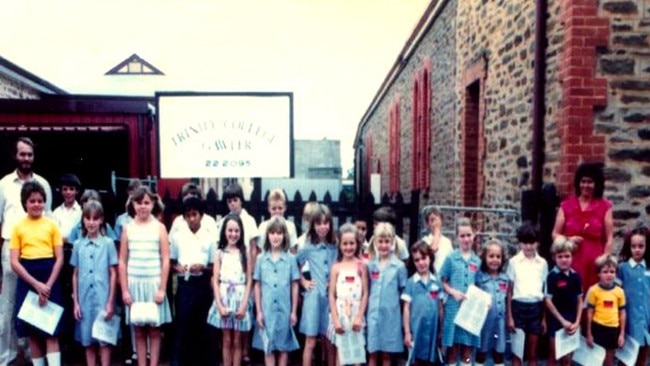
Its sprawling campus at Evanston South contains a preschool, two junior schools and a senior college for Year 11 and 12. There are two other junior schools at Angle Vale and Craigmore while a fifth will be built at Roseworthy at the cost of $30 million.
The school includes a large sporting and recreational complex used by its students and the community. Known as Starplex, it features a gymnasium, swimming pools, basketball courts, creche, yoga room, dance studio and 700-seat theatre for concerts.
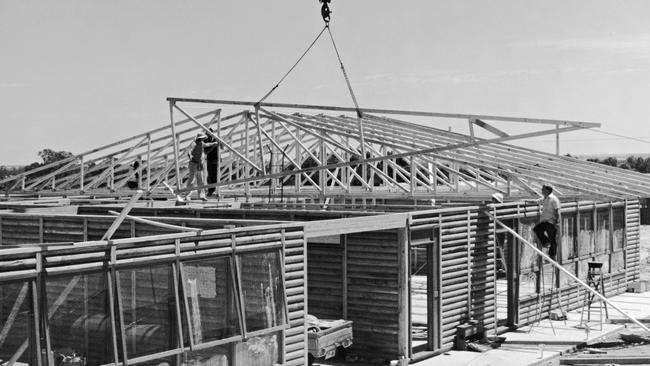
Then there is an equestrian centre, along with an indoor cricket centre, a farm with vineyards and vegetable gardens, technical workshop and, 10km away, a 217ha outdoor education centre. Construction of a $10 million innovation and creativity centre is well-advanced.
Principal Nick Hately — the third in the school’s 35-year history — acknowledges it has come a long way since 14 families at Gawler’s St George’s Anglican Church decided in the early 1980s to use their parish hall as a classroom.
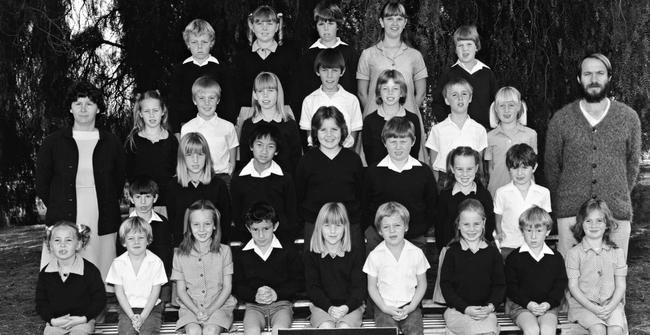
“This is a school built by parents — and the community,” he said. “When they ran out of room in the parish hall, they bought land here at Evanston South and started building log cabins for classrooms. The kids would spend their lunchtimes with buckets going around the paddocks picking up rocks.”
Mr Hately said Trinity College had never lost its strong sense of community. Instead it had intensified as suburbs grew around the school.
The school’s “hub and spoke” model of having various junior campuses feeding Year 11 and 12 students into a senior college has been hugely successful, particularly as families have found it harder to gain access to the state system.
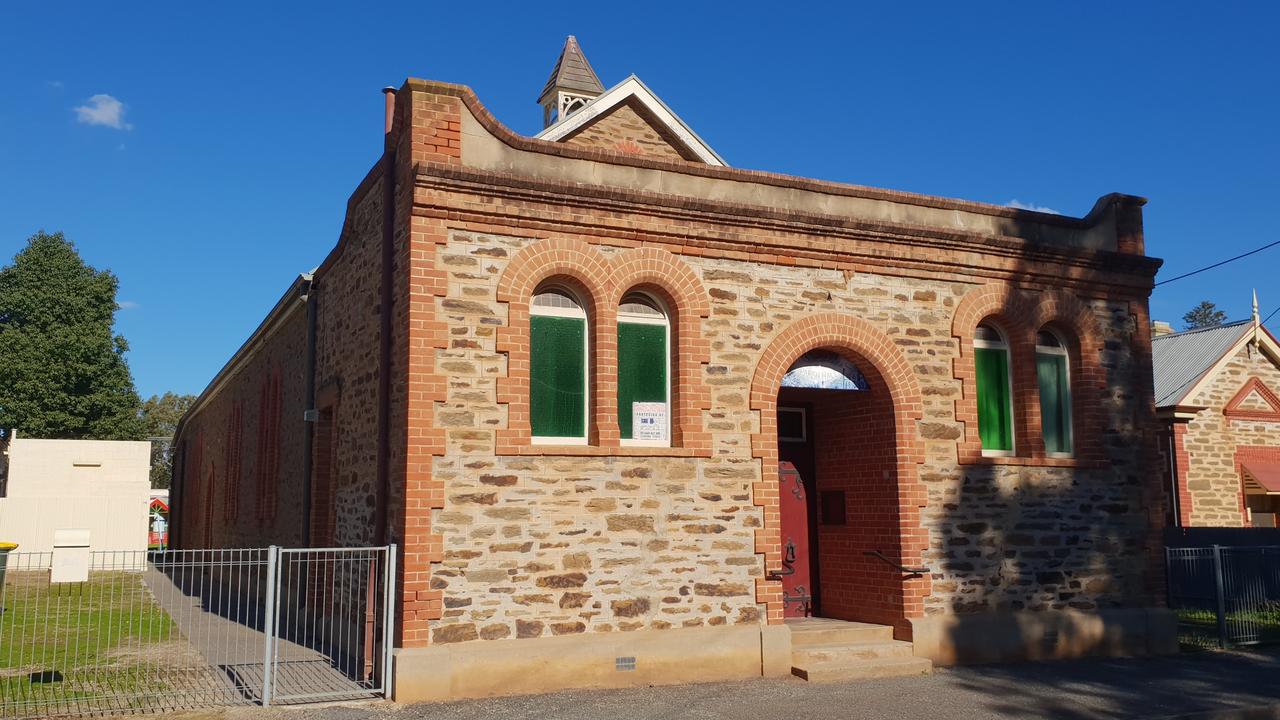
“We understand the growth of the north very well and we will continue to serve the north,” said Mr Hately.
“We have an overriding principle of being as open as we can to as many families as we can. We put a lot of downward pressure on our fees and offer a 60 per cent discount to families on the School Card.”
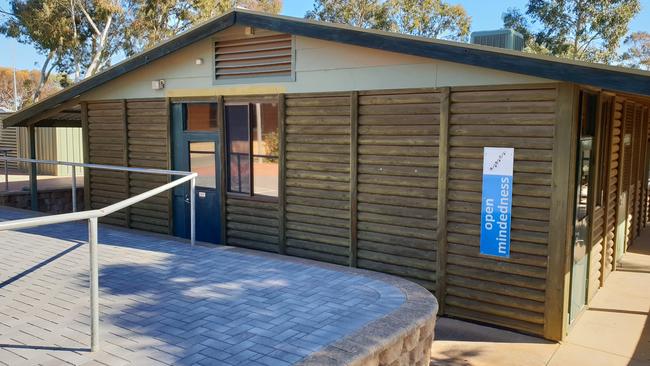
The academic success of Trinity is reflected in five of its students achieving perfect ATAR scores of 99.95 per cent while it also has high levels of vocational education results.
Many old scholars have become accomplished sports people. Included in their number are Adelaide Crows player Wayne Milera, top jockey Jamie Kah and Test cricketers Ryan Harris and Travis Head.
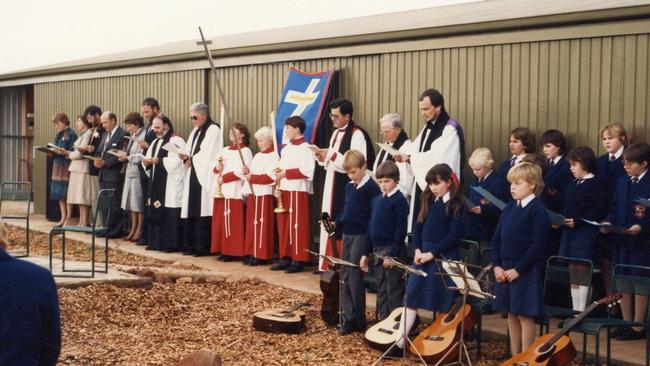
Mr Hately, whose son Jackson went to the college and now plays for AFL team Greater Western Sydney, said the school was incredibly proud of all of its students.
“We believe in giving every one of our students the same opportunity,” he said.
With thousands of students and several hundred staff — plus the 12,000 people who use Starplex each week — Mr Hately is kept busy.
“Some days I feel like a headmaster, sometimes the mayor of a village and other days a concert promoter,” he said.
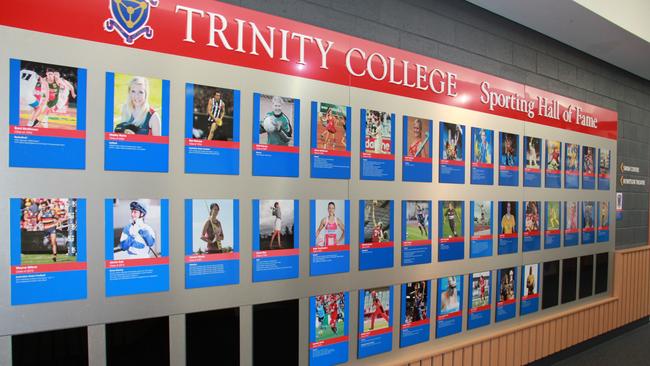
SALISBURY HIGH SCHOOL PLEADS FOR NEW BUILDINGS
Salisbury High School repeatedly has defied the odds by scholastically batting well above its weight for decades.
The school has some of South Australia’s most socially disadvantaged pupils but consistently attains 100 per cent passes in SACE.
It is renowned for innovative approaches to education, pioneered by former principals Ann Prime and the late Helen Paphitis.
But it is 60 years old now and looking very tired.
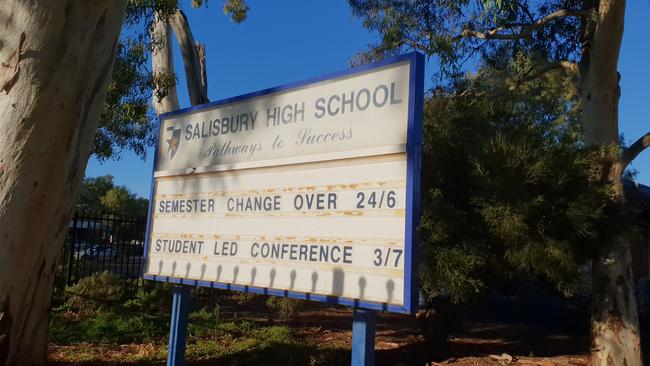
Some of its buildings are in dire need of replacement while basic facilities, like toilets, need urgent upgrading.
The previous Labor government gave $10 million towards a new building to help accommodate Year 7s.
But half of the money is going to be spent on demolition, including removing asbestos.
Salisbury High is a typical example of many northern schools which, for no fault of their own, have largely been neglected when it comes to funding and upgrades.
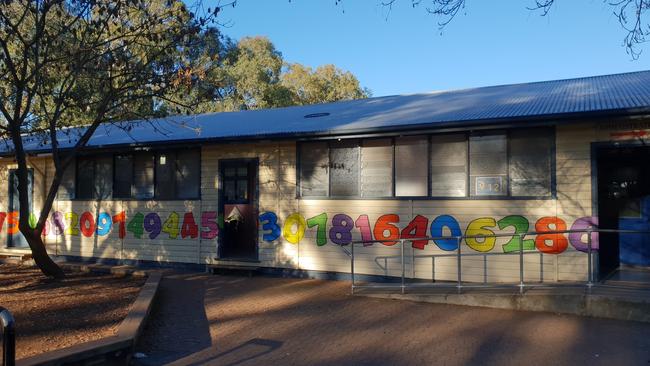
Mark Oliphant College at Munno Para and Roma Mitchell Secondary College at Gepps Cross are the newest northern schools but were full before they opened their doors.
Other state schools, like Salisbury High, Craigmore High and Playford International, are either at capacity with waiting lists, or nearing capacity. A new super school at Munno Para is still several years away.
In the meantime Salisbury High will continue to teach its students in unsatisfactory conditions.
The chair of its governing council, Stewart Sparrow, said more money needs to be spent on the school to bring it into the 21st century.
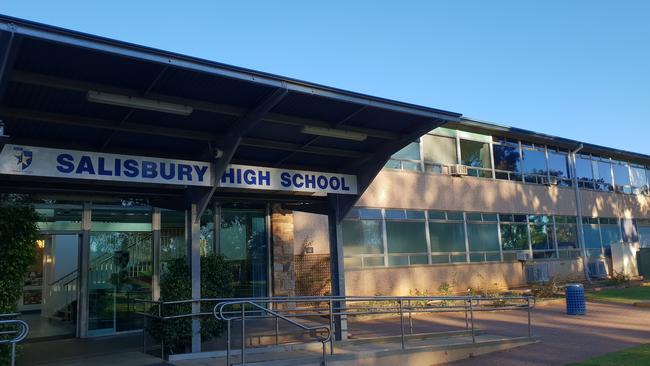
Mr Sparrow said while Salisbury High was grateful for the $10 million for a new building and $2.5 million to upgrade its science labs, it still needed to upgrade multiple classrooms, student toilets and its library.
“We are strong advocates for our students and believe that every student deserves fairness and equity when it comes to the quality of facilities within our public schools,” he said.
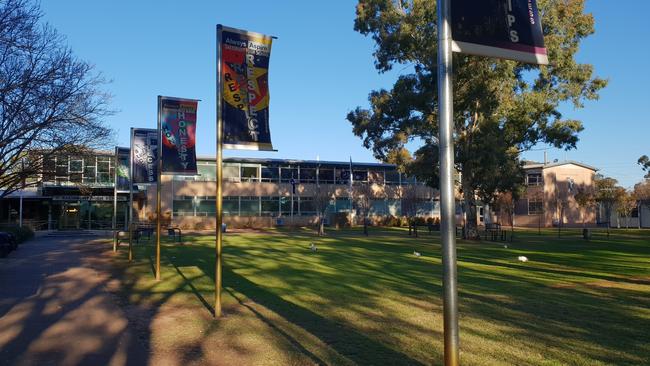
“Currently the resourcing across the state education system is not equitable and this is our concern. The allocation of funding continues to create an inequitable gap within our own system, highlighted in school facilities being substandard.”
Mr Sparrow said, despite its infrastructure issues, Salisbury High would continue to provide high quality education to its students, many of whom had poor literacy and numeracy skills.
With increasing numbers of new arrivals settling in Salisbury in recent years, the school has students from 29 different nationalities.
BIG SPEND ON NORTHERN SCHOOLS
The State Government says it is spending $155 million improving schools in the northern suburbs while planning has started on a new super-school near Munno Para.
Education Minister John Gardner said the Education Department was working with northern primary and secondary schools to identify their needs and where the funding should be spent.
“These capital projects will improve school facilities across the northern suburbs, support sustainable enrolment growth in those schools and support the transition of Year 7 into high school,” he said.
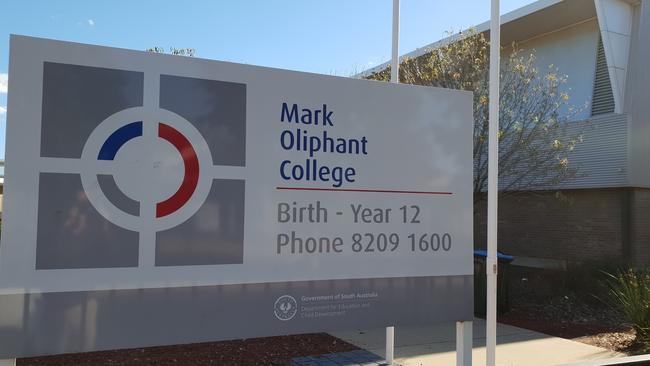
“These figures do not include the additional funding allocated to Golden Grove High School, Mark Oliphant College, Playford International College and Roma Mitchell Secondary College, as part of the $56.6 million announced for 10 schools across the state to further improve facilities and meet projected enrolment demands.”
Mr Gardner said another $13 million had been invested in a fleet of mobile classrooms which can be moved between schools across northern Adelaide to meet demand for more capacity.
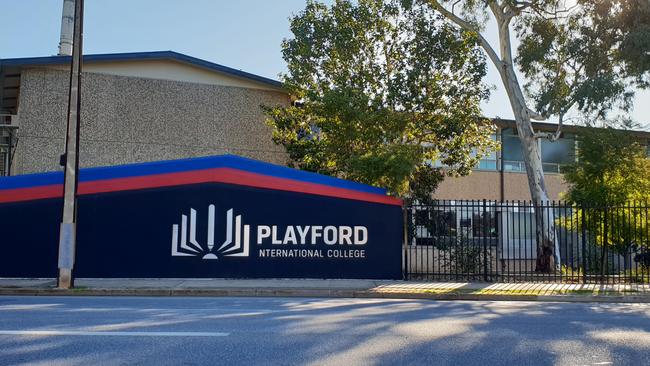
“It is expected that these flexible learning spaces will contribute significantly to addressing capacity pressures in the northern suburbs while the new north school is being built,” he said.
Mr Gardner said high speed internet had been rolled out to 27 schools in the northern suburbs, as part of a $80 million project to deliver high speed internet to public schools across the state.
“We are committed to supporting students in the northern suburbs, as well as students across the education system, to achieve their full potential,” he said.
WHERE THE MONEY IS GOING
Ardtornish Primary School — $5 million
Banksia Park International High School — $9 million
Craigmore High School — $12 million
Elizabeth North Primary School — $5 million
Elizabeth Vale Primary School — $7.5 million
Gawler and District College B-12 — $10 million
Golden Grove High School — $12 million*
Golden Grove Primary School — $6 million
Greenwith Primary School — $5 million
Mark Oliphant College*
Mawson Lakes School — $6 million
Modbury High School — $7 million
Para Hills High School — $5 million
Parafield Gardens High School — $10 million
Parafield Gardens R-7 School — $6 million
Paralowie School — $12 million
Playford International College — $3 million*
Salisbury High School — $10 million
Roma Mitchell Secondary College*
Settlers Farm Campus R-7 — $5 million
The Heights School — $10 million
Valley View Secondary School — $10 million
*The State Government says these figures do not include additional funding allocated to Golden Grove High School, Mark Oliphant College, Playford International College and Roma Mitchell Secondary College, as part of the $56.6 million announced for 10 schools across the state to further improve facilities and meet projected enrolment demands. It says the Education Department is working with these schools to identify their needs and where funding should be spent.

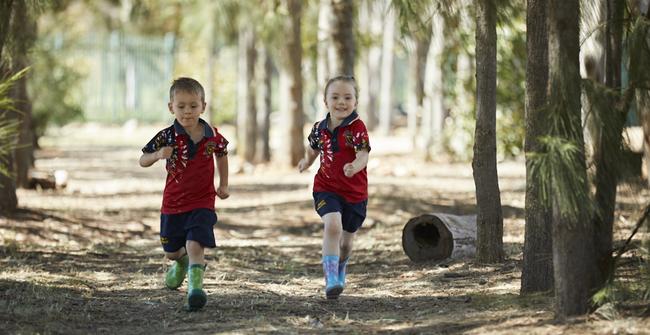
Add your comment to this story
To join the conversation, please log in. Don't have an account? Register
Join the conversation, you are commenting as Logout
Here’s what you can expect with tomorrow’s Parramatta weather
As summer moves towards autumn what can locals expect tomorrow? We have the latest word from the Weather Bureau.
Here’s what you can expect with tomorrow’s Parramatta weather
As summer moves towards autumn what can locals expect tomorrow? We have the latest word from the Weather Bureau.